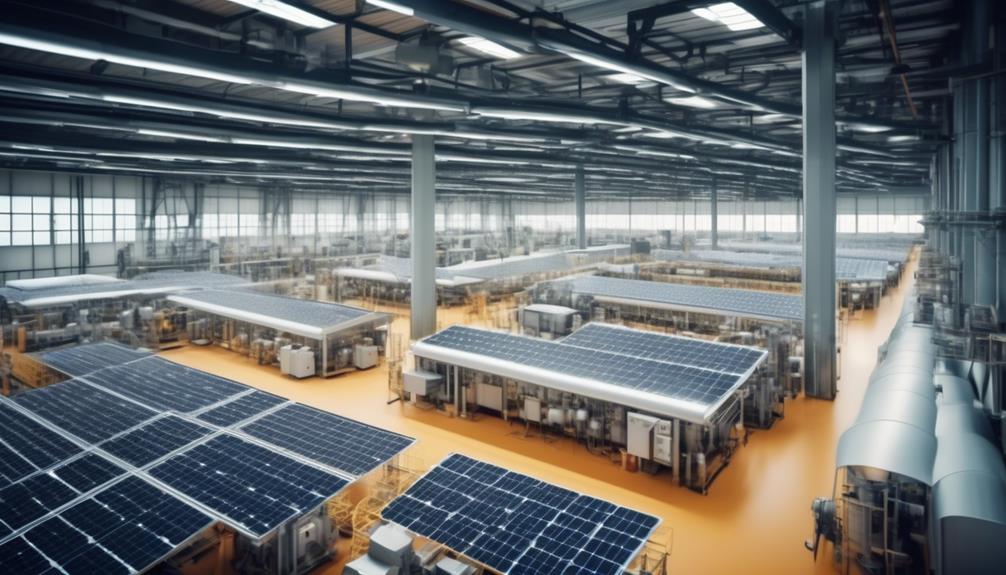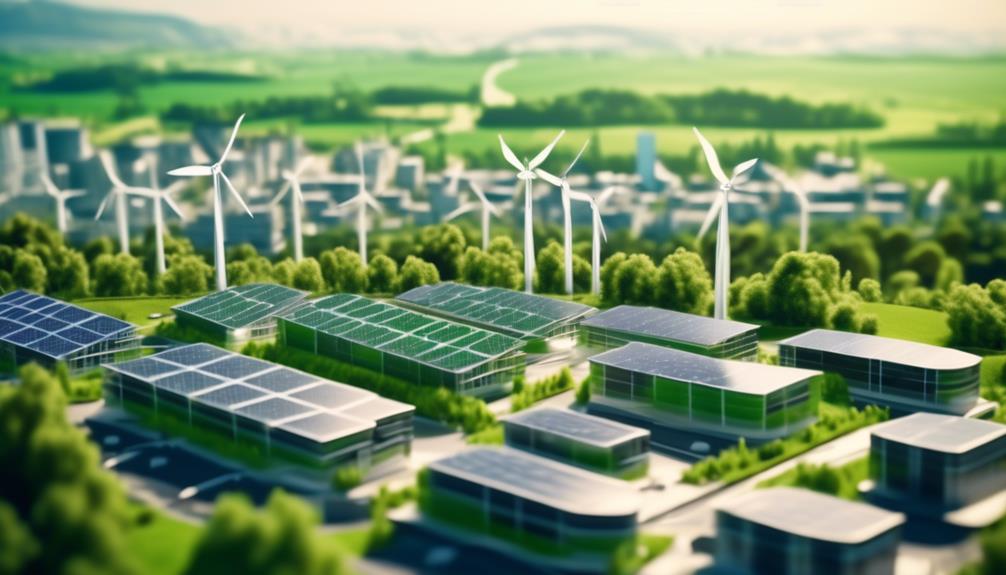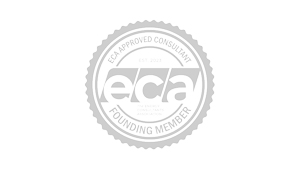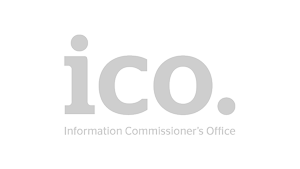In the quest for operational excellence and cost reduction, businesses are increasingly focusing on the intricacies of energy consumption. The journey towards understanding and optimising energy use is not just about recognising patterns but also about identifying underlying opportunities for efficiency and savings. This exploration can seem daunting, given the complex variables and analytics involved, but therein lies the potential for significant financial and environmental gains.
Our approach, rooted in years of experience and a deep understanding of energy management, is designed to demystify the process, addressing the common challenges of data complexity and integration. Tailoring analysis to your company’s unique needs and goals, we offer insights that are not just theoretical but actionable, paving the way for enhanced energy efficiency and a healthier bottom line.
As we delve into these strategies, rest assured that every suggestion comes with the intent to empower your organisation, encouraging a step forward into a more sustainable and cost-effective future.
Understanding Company Energy Usage
Understanding company energy usage is a critical component of developing an effective energy strategy that aligns with both economic and environmental considerations and contributes to long-term business success.
Companies must conduct a comprehensive audit to gain insight into their energy usage patterns. This involves analysing the energy consumption of buildings, equipment, and processes. Through this understanding, companies can identify areas where energy is being used inefficiently and develop targeted strategies to reduce energy use.
Implementing an energy efficiency programme is a proactive approach that can significantly impact energy usage. By focusing on building energy management, companies can optimise their energy consumption, reduce waste, and lower costs.
Additionally, understanding energy usage is essential for setting realistic goals and measuring progress. With this knowledge, companies can map out a clear energy strategy that encompasses both short-term and long-term objectives. It also enables them to monitor and report on energy metrics, ensuring accountability and continuous improvement in energy management.
Data Collection and Analysis
To effectively optimise company energy usage and identify opportunities for improvement, data collection and analysis are essential components of the process. Conducting an energy audit is crucial to understanding the company’s energy needs and identifying areas for improvement. Collecting and analysing energy usage data allows for the identification of trends, patterns, and opportunities for energy efficiency and cost savings. Benchmarking can be used to compare energy usage over time and against industry standards, providing a gauge of performance and identifying areas for improvement. By implementing strategies to track, monitor, and report progress on energy metrics, adjustments and improvements to the energy strategy can be made over time. It is also important to incorporate other data sources, such as weather patterns or production levels, to provide a comprehensive analysis of energy usage and inform decision-making.
| Key Metrics | Current Usage | Target Goals |
|---|---|---|
| Energy Use per Square | 50 kWh | 45 kWh |
| Total Energy Consumption | 500,000 kWh | 450,000 kWh |
| Energy Savings | – | 50,000 kWh |
Implementing a systematic approach to data collection and analysis allows for a detailed understanding of the company’s energy usage and provides a foundation for making informed decisions to reduce energy consumption and improve overall efficiency.
Identifying Energy Efficiency Opportunities
In order to pinpoint opportunities for enhancing energy efficiency within a company, a comprehensive understanding of its energy consumption patterns and operational dynamics is imperative. Conducting an energy audit is a crucial first step. This involves analysing current energy needs, identifying potential areas for efficiency improvements, and setting clear, realistic short and long-term energy efficiency goals.
Building owners should form a cross-functional team to champion and drive the energy efficiency strategy across the organisation. It’s essential to regularly monitor energy metrics, report progress, and make necessary adjustments to ensure the strategy’s effectiveness.
Moreover, it’s important to consider industry-specific factors such as consumer demand, supply costs, regulations, and machinery utilisation to tailor energy efficiency opportunities. By improving energy efficiency, companies can reduce their energy consumption, save money on energy bills, and make informed decisions to ensure a more sustainable and efficient energy usage.
This approach not only benefits the environment but also contributes to cost savings and operational efficiency.
Tailoring Solutions for Energy Optimisation
A key component of tailoring solutions for energy optimisation within a company involves conducting a thorough analysis of its specific energy needs and operational challenges. To achieve this, companies should consider the following:
- Energy Performance Analysis: Start by analysing current energy performance to identify areas for improvement. This involves examining energy demand, utility bills, and overall energy costs to pinpoint inefficiencies and potential areas to optimise.
- Appliance Efficiency Upgrades: Evaluate the efficiency of existing appliances and consider upgrades to more energy-efficient models. Upgrading appliances can lead to significant reductions in energy consumption and costs over time.
- Strategic Energy Conservation: Implementing strategic energy conservation measures, such as smart lighting systems or automated HVAC controls, can help optimise energy usage within the company.
Implementing Customised Energy Management Plan
Tailoring solutions for energy optimisation within a company necessitates the seamless integration of a customised energy management plan to address identified inefficiencies and bolster overall operational effectiveness.
Implementing a customised energy management plan involves a comprehensive approach to achieving energy and cost savings. It includes leveraging new technologies such as smart meters and home energy reports to monitor and analyse energy usage patterns. Efficiency improvements can be achieved through reducing the amount of energy consumed for heating and cooling by implementing strategies to regulate these costs. Moreover, incorporating renewable energy sources can significantly reduce the company’s reliance on non-renewable energy sources, contributing to a reduced environmental footprint.
Regular maintenance and system updates are essential to optimise efficiency, ensuring that equipment operates at peak performance levels. Educating and training employees on energy efficiency not only fosters a culture of energy responsibility within the organisation but also empowers individuals to make informed decisions that improve overall energy efficiency.
Through the implementation of a customised energy management plan, companies can save energy, reduce costs, and contribute to a more sustainable future.


















